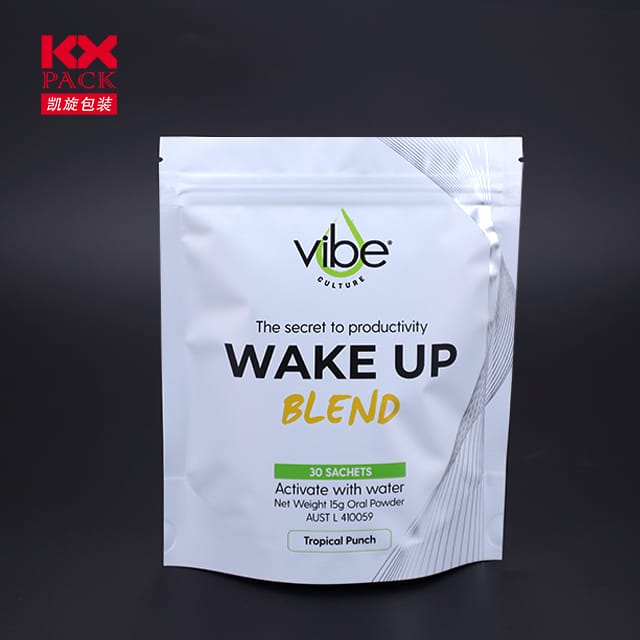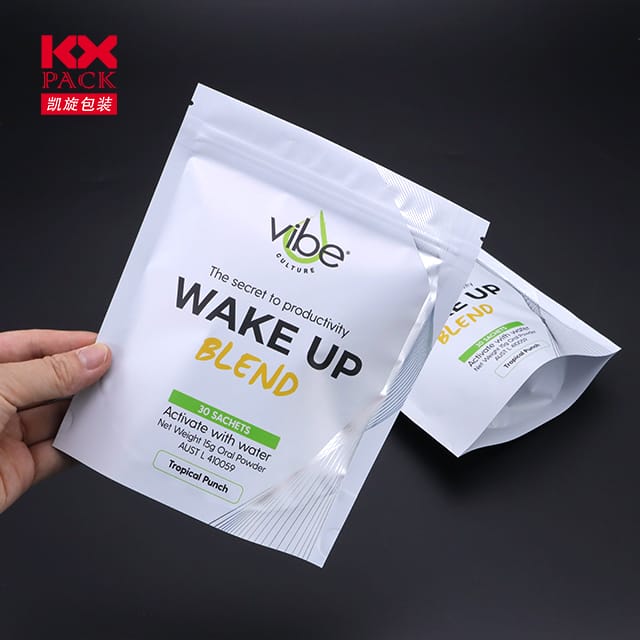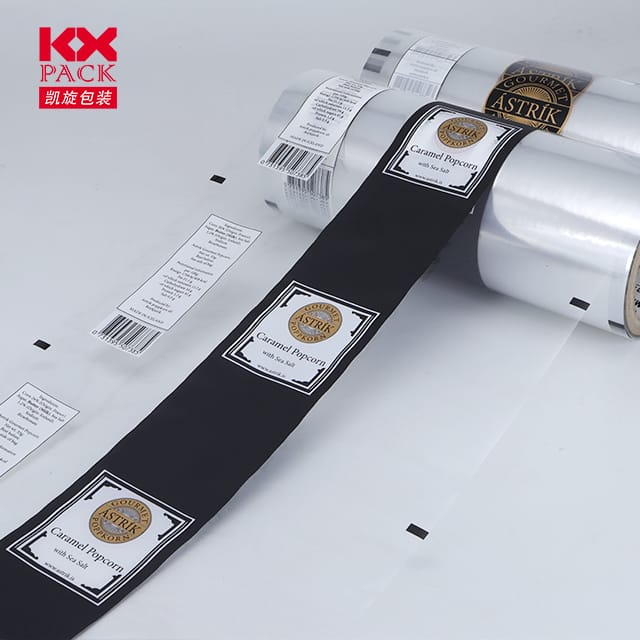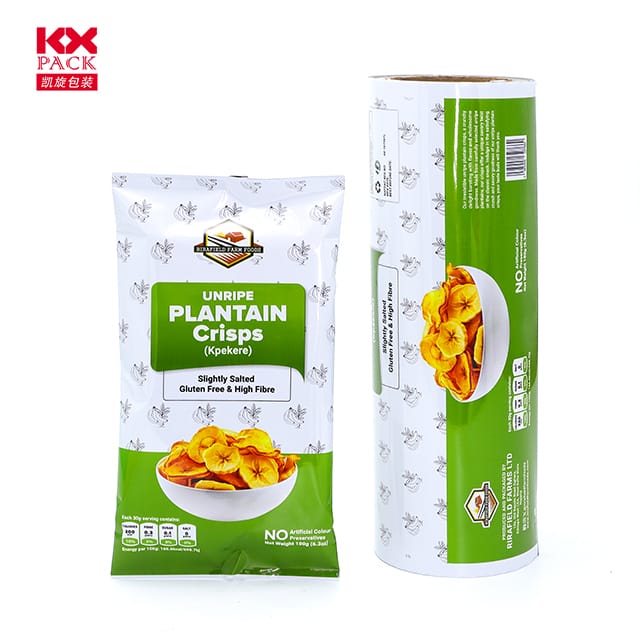Το διπλό σπαθί πλαστικών μεμβρανών στη συσκευασία τροφίμων: Ευκολία εναντίον. Βιότης
Plastic Films
In supermarkets worldwide, Οι πλαστικές μεμβράνες τυλίγουν τα πάντα, από φρέσκα προϊόντα έως προ-μαγειρεμένα γεύματα, Εξασφάλιση της φρεσκάδας και επέκτασης της διάρκειας ζωής. Ακόμη, Ως περιβαλλοντικές ανησυχίες, αυτά τα διαφανή, Τα ευέλικτα υλικά αντιμετωπίζουν έλεγχο. Ας εξερευνήσουμε το ρόλο των πλαστικών μεμβρανών στη συσκευασία τροφίμων, τα οφέλη τους, μειονεκτήματα, και τις καινοτομίες που διαμορφώνουν ένα πιο πράσινο μέλλον.
1. Why Plastic Films Dominate Food Packaging
Plastic films—thin layers of polymers likeπολυαιθυλένιο (Π.Ε), πολυπροπυλένιο (PP), και πολυβινυλοχλωρίδιο (PVC)—are ubiquitous for good reason:
- Preservation Power: They act as barriers against oxygen, υγρασία, και μολυντές, slowing spoilage. Για παράδειγμα, Τροποποιημένη συσκευασία ατμόσφαιρας (ΧΑΡΤΗΣ) uses plastic films to regulate gas levels, keeping strawberries fresh for weeks.
- Αποδοτικότητα κόστους: Producing plastic films is cheaper than alternatives like glass or metal, making them ideal for mass-market goods.
- Ελαφρύ και ευέλικτο: Their malleability allows custom shapes for snacks, κρέατα, and cheeses, reducing material waste compared to rigid packaging.
- Διαφάνεια: Clear films let consumers inspect products without opening them, boosting trust and reducing food waste from damaged goods.
2. Τα περιβαλλοντικά διόδια: A Crisis in the Making
Despite their advantages, plastic films contribute significantly to global pollution:
- Κυριαρχία μιας χρήσης: Υπερ 80% of plastic films are used once and discarded, καταλήγουν σε χώρους υγειονομικής ταφής ή ωκεανούς. ΕΝΑ 2022 study found that plastic packaging accounts for 46% of global plastic waste, with films being a major culprit.
- Προκλήσεις Ανακύκλωσης: Most films are non-recyclable due to contamination (Π.χ., food residue) or mixed materials (Π.χ., PE combined with adhesives). Only 4% of plastic films are recycled in the U.S., per the EPA.
- Microplastic Menace: Degraded films break into microplastics, infiltrating ecosystems and even human bodies. Research suggests the average person ingests 5 grams of microplastics weekly—equivalent to a credit card.
3. Innovations Redefining Plastic Films
The industry is pivoting toward sustainability through these breakthroughs:
- Biodegradable Alternatives:
- Polylactic acid (PLA): Derived from corn starch, PLA films decompose in industrial composters within 90 ημέρες. Μάρκες όπως Φύση are using PLA for fresh salads and sandwiches.
- Cellulose-based Films: Made from plant fibers, these films are edible and home-compostable. Εταιρείες σαν TIPA offer compostable wraps for granola bars and coffee pods.
- Προηγμένες τεχνολογίες ανακύκλωσης:
- Χημική ανακύκλωση: Processes like pyrolysis break down mixed plastics into raw materials for new films. Nestlé and Danone are investing in this tech to recycle flexible packaging.
- Enzymatic Breakdown: Startups like Carbios use enzymes to depolymerize PET films into reusable monomers, closing the loop.
- Smart Films for Extended Shelf Life:
- Ενεργός συσκευασία: Films infused with oxygen scavengers ή αντιμικροβιακοί παράγοντες (Π.χ., silver nanoparticles) can double the lifespan of perishables like meat and cheese.
- Edible Coatings: Thin layers of χιτοζάνη (from shellfish) ή beeswax create breathable barriers, reducing reliance on synthetic plastics.
4. Ο δρόμος μπροστά: Balancing Practicality and Planet
While innovations are promising, systemic changes are needed:
- Policy Push: Governments must enforce extended producer responsibility (EPR) νόμους, requiring brands to fund recycling infrastructure. The EU’s Single-Use Plastics Directive bans non-compostable films by 2030.
- Consumer Behavior Shifts: Educating shoppers to opt for reusable containers or bulk purchases can cut film use. Zero-waste stores, which allow customers to fill their own jars, κερδίζουν έλξη.
- Industry Collaboration: Initiatives like the New Plastics Economy Global Commitment unite 500+ companies to eliminate problematic plastics and boost recycled content in films.
συμπέρασμα: Rethinking the “Wrap” on Food Packaging
Plastic films are a testament to human ingenuity—protecting food, μείωση των αποβλήτων, and enabling global food trade. Ακόμη, their environmental cost demands urgent action. By embracing biodegradable materials, investing in recycling tech, and redesigning systems for circularity, we can preserve both convenience and the planet.
Next time you unwrap a snack, Ρωτήστε τον εαυτό σας: Could this film be part of the solution, not the problem? Share your sustainable packaging hacks in the comments! 🌍🍴







